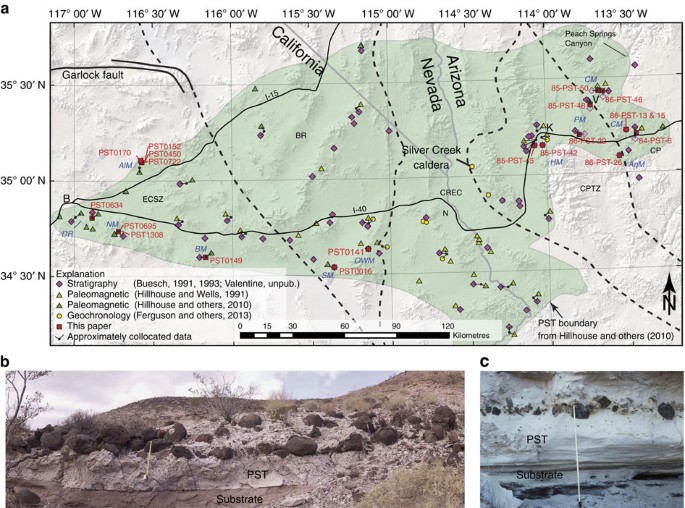

The losses will be huge next year.”īut the shift won’t last forever.

“Many trees that would produce a lot of beans were chilled by freezing conditions. The drought was followed by the cold blast, which damaged 20% of the area. “We got seven months without rain,” said Oliveira, who runs the family-owned company Labareda Agropecuaria, focused on gourmet coffee sales. It’s a bold move because the trees are typically an investment meant to last years, but Oliveira is being forced to change course after coffee crops were slammed first by drought and then an extreme frost - a toxic combination for the sensitive trees. He’s ripping out half his coffee trees to plant corn and soybeans instead. Lucas Lancha Alves de Oliveira is making a drastic change on his farm in the countryside of Sao Paulo state. Without widespread change, the result could be a spiral higher for food prices that will hit importing nations particularly hard.įrom Russia to India, here's an up close look at the measures being taken by farmers in countries across the globe. The group is targeting annual investments of $40 to $50 billion through 2030 to fund things like innovation in digital agriculture. The U.N.’s FAO is calling on leaders attending the COP26 climate summit to pledge more global actions to help farmers scale up solutions. Read more: Another 291 Million People Won’t Have Enough to Eat This Year

“If you have to deal with millions of farmers around the world, that you have to coordinate, that’s a huge ask,” said Monika Zurek, senior researcher at University of Oxford’s Environmental Change Institute. One of the biggest challenges for farmers is that there isn’t currently the large-scale coordination or access to funds that would be critical to undertake the kind of massive transformation that’s needed. Fisheries and water supplies are increasingly threatened, too, said Zitouni Ould-Dada, deputy director of the office of climate change, biodiversity and environment for the U.N.’s Food and Agriculture Organization. Global crop yields could fall about 30% because of climate change, while food demand is expected to jump 50% in the coming decades, according to United Nations’ estimates. Read more: Ruined Brazil Harvest Sparks Food Inflation Everywhere

It’s a fight against the floods, drought, frost and scorching heat that have plagued farms from Brazil to Canada and Vietnam, which scientists predict will only worsen in the decades ahead. “Potentially, there were always better ways of doing things, but you just didn’t notice because you weren’t put under the pressure that climate change puts you under,” she said. She’s exploring alternatives to traditional grazing methods that don’t push the land as hard, like grouping together livestock into tighter, more compact groups and rotating them quickly across paddocks. Meanwhile companies including Syngenta Group, the Swiss agrichemicals giant, are developing new varieties for vegetables like cabbages that are more resistant to extreme weather. And across the globe, farmers are swapping crops, switching seeds, increasing irrigation and even putting face masks on their cows in the battle to both increase output and reduce their own emissions. On Brown’s ranch in Australia, she’s experimenting with regenerative-farming practices better suited to drought. The world is facing a new era of rapidly increasing food prices that could push almost 2 billion more people into hunger in a worst-case climate crisis.Ĭonfronting the dire predictions, farmers have begun to adapt.


 0 kommentar(er)
0 kommentar(er)
